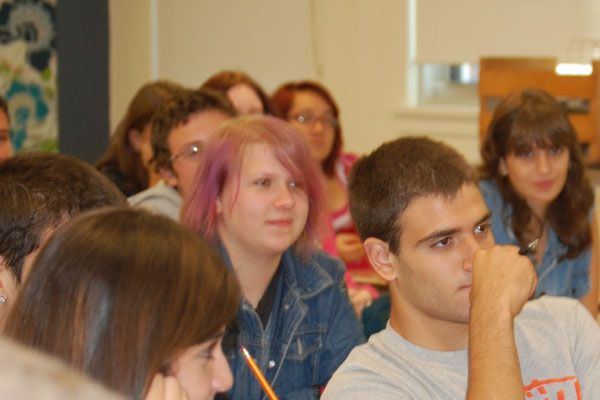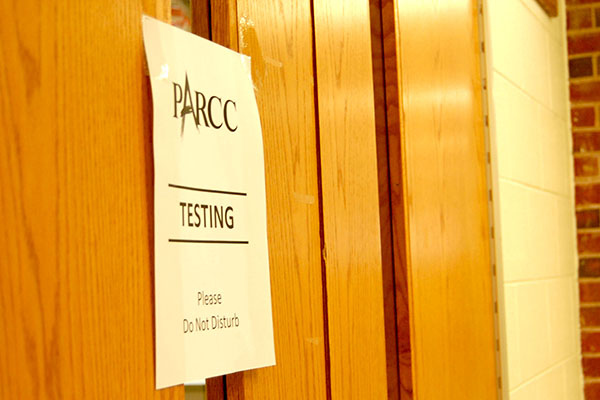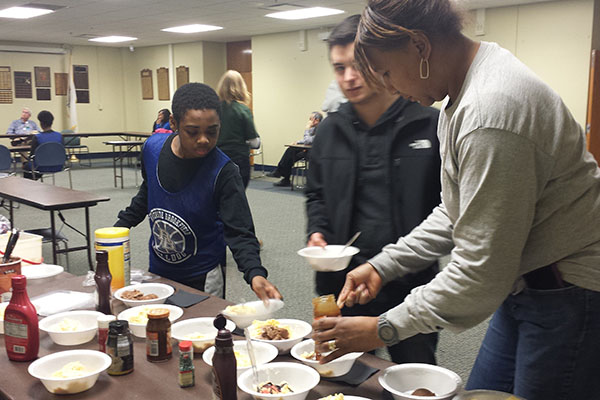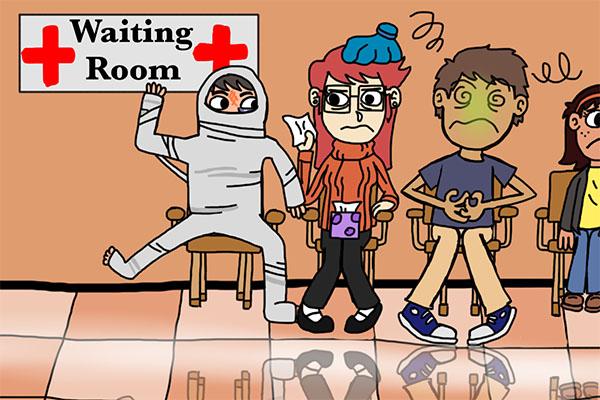For me, the first two days of school were pretty repetitive. In all but two classes, they consisted of seating charts, syllabi, and textbooks, with just a few variations. Why was it so monotonous?
Well, almost every class had more than thirty students in it.
All over the building, class sizes have grown since last year. As I found out, the largest single class in the building is a music class, with 57 students in it. The largest class within the mainstream academic subjects, one of Mr. Geltner’s Geometry classes, had 36 students in it.
It got me wondering: how will we get anything done this year?
The answer, though, isn’t to blame the numbers. Instead, we should try just as hard, If not harder, to make this year a success.
During class, you may not have as much time to ask the teacher questions as last year or the year before. That doesn’t mean you should go away confused. Stay a minute or two after class (there are hall passes for that purpose), or make an appointment to come in for help before or after school. All the teachers I know are certainly willing to explain things.
And what if your teacher is just too busy? Or you’ve got a sport or club that takes up all your after-school time? Ask a friend or acquaintance who’s good in that subject. You have enough options not to have to muddle through the year confused and blaming your teacher and your class for everything. Larger class sizes even make it more likely that you’ll know multiple people in each class.
Another way to stay on top of schoolwork is by using technology. Skyward can help you keep track of your grades, and teachers can be reached by email. Some teachers, such as Ms. Young and Ms. Stiel, have their own websites that you can get to from the school’s homepage, and you can find homework assignments and useful resources there. Other teachers like Mr. Geltner have a wiki page for their class. Ask your teacher what online resources you can find for extra help, and be sure to use them if you need them.
Finally, what about disruptive students? The main thing here is not to be one yourself. You may not be the only one talking, but the fewer people who are, the quicker you can get back to the class, the happier your teacher will be, and the more information you’ll be able to cover each day.
Larger class sizes are certainly going to be a change, even if all you’ve noticed so far is that it takes a lot longer to get your seating assignment. But they are not an excuse to give up on a subject, or place the blame completely on the other students. It may take a little extra work, but it doesn’t have to be the deciding factor of the whole year.















